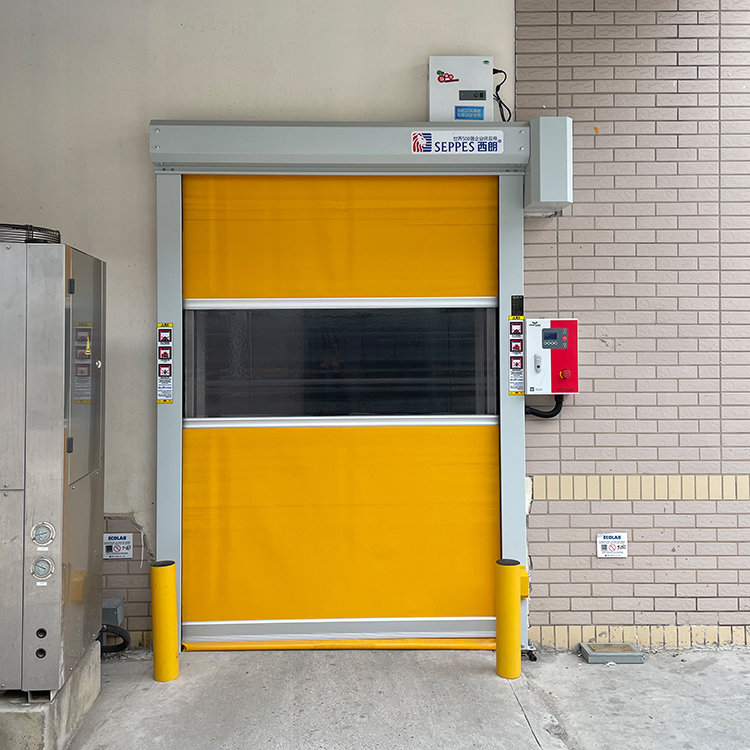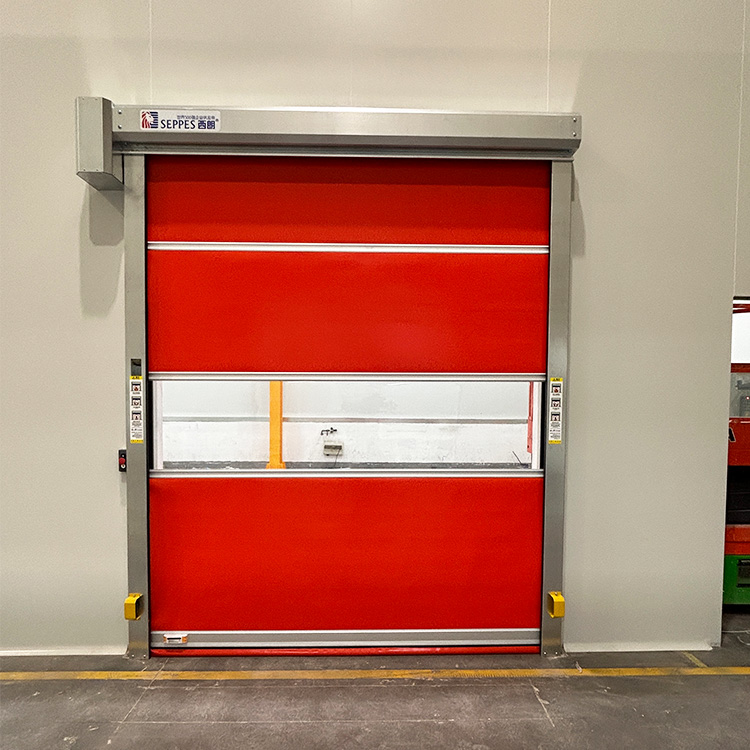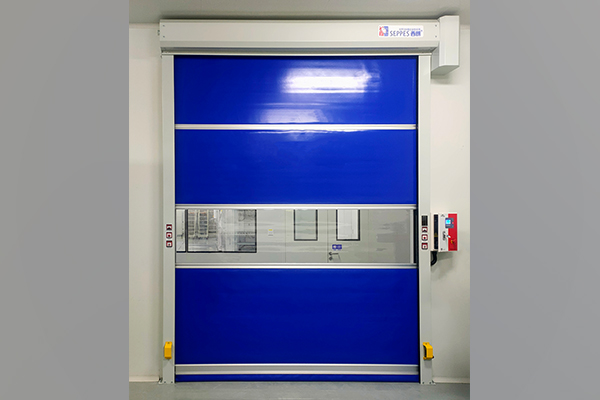In recent developments within the furniture manufacturing industry, the installation of high speed doors has emerged as a significant trend. This move not only underscores the industry's focus on enhancing production efficiency and safety standards but also supports the drive towards modernized management and sustainable production practices.
Boosting Production Efficiency
Furniture manufacturing involves multiple stages, including cutting, sanding, painting, and assembly, all of which require frequent movement of materials and personnel. Traditional door systems, with their slow operation, often disrupt the rhythm of the production line, leading to reduced overall efficiency. High speed doors, with their quick opening and closing speeds, drastically cut down on the time needed for transitions between production areas, ensuring a smoother workflow. As a result, the integration of high speed doors optimizes the production process, allowing for a more seamless connection between different stages, thereby significantly enhancing overall operational efficiency.
Improving Environmental Control
During the furniture manufacturing process, particularly in areas such as painting and sanding, considerable amounts of dust and fumes can be generated. These pollutants not only affect product quality but also pose health risks to workers. High speed doors offer superior sealing capabilities, effectively isolating different production zones and preventing the spread of contaminants. By improving environmental control within the facility, high speed doors help maintain high product quality standards while also creating a healthier and safer work environment for employees.
Enhancing Safety
In furniture manufacturing plants, workers frequently move between workshops where heavy machinery and materials are present. High speed doors come equipped with advanced sensor systems that monitor the area around the door in real-time. These sensors detect any obstacles or personnel in the doorway and automatically stop or reverse the door’s movement, preventing potential accidents. Additionally, the transparent panels in high speed doors improve visibility, allowing workers to see through the door before passing through, which reduces the risk of collisions and enhances overall workplace safety.
Reducing Energy Consumption
Certain areas of a furniture manufacturing plant, such as wood storage and painting rooms, require strict temperature and humidity control. Traditional doors, with their slower operation, often result in significant loss of conditioned air, leading to increased energy consumption. High speed doors, on the other hand, minimize air exchange due to their quick operation, helping to maintain stable temperature and humidity levels within the facility. This not only reduces energy costs but also aligns with the industry’s growing focus on sustainability and energy efficiency.

Driving Industry Modernization
The installation of high speed doors in furniture manufacturing plants is more than just an operational upgrade; it sets a new benchmark for the industry. By adopting this advanced technology, furniture manufacturers demonstrate a commitment to improving production efficiency, safety, and environmental management, driving the industry towards a more modernized and eco-friendly future.
In summary, the implementation of high speed doors in furniture manufacturing plants offers a wide range of benefits. These include increased production efficiency, enhanced product quality, improved worker safety, and reduced energy consumption. As more furniture manufacturers adopt this technology, high speed doors are set to play a crucial role in leading the industry towards greater innovation and progress.




Comment (0)